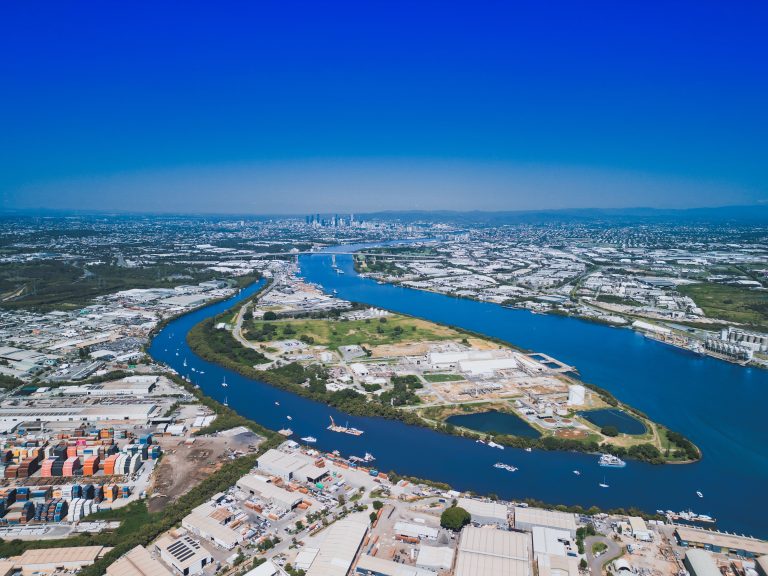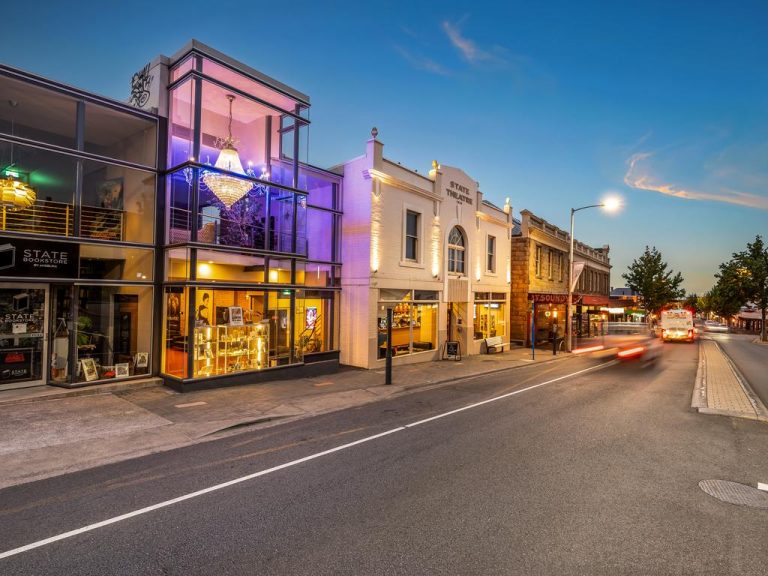Latest sign WFH may be under threat for Aussies
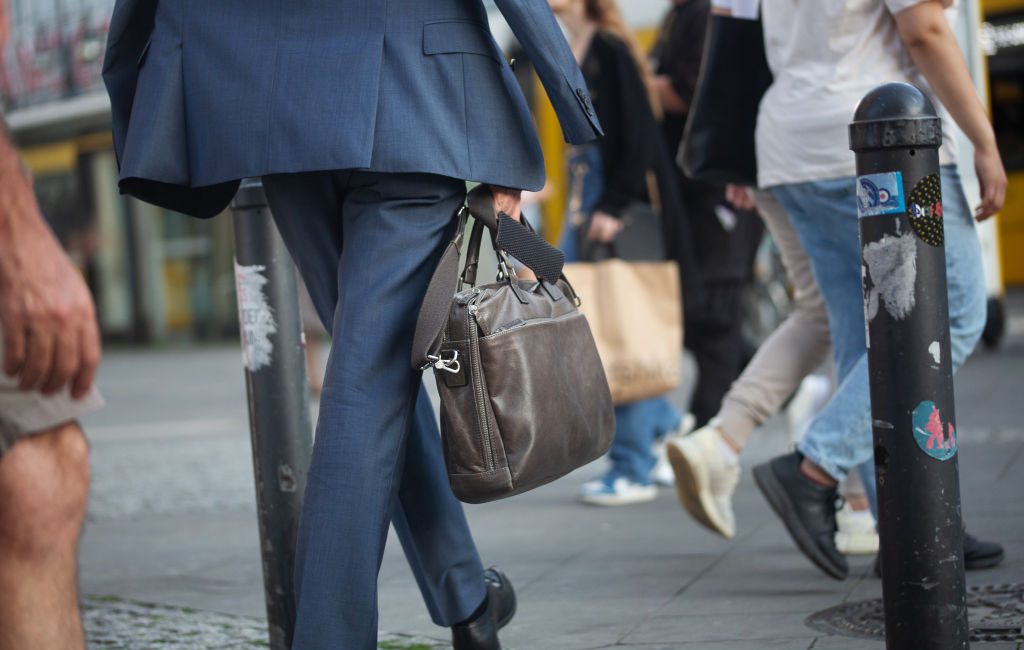
Employers are snapping up office space nearly as fast as its being built across Australia, in a sign that workers may be expected to work from home (WFH) less in the future.
New Property Council data showed Australia’s CBD office vacancy rate has remained steady, increasing marginally from 13.6% to 13.7% in the six months to January 2025 despite more than 220,000sqm of new office space being added to the market.
Property Council chief executive Mike Zorbas said there had been positive demand for office space in Australia’s CBDs during much of the past three years.
“Vacancy levels continue to be driven by this large level of supply, as demand has remained positive,” Mr Zorbas said.
“Sydney, Perth, Adelaide and Canberra saw positive demand for office space above their historical averages in the last six months.
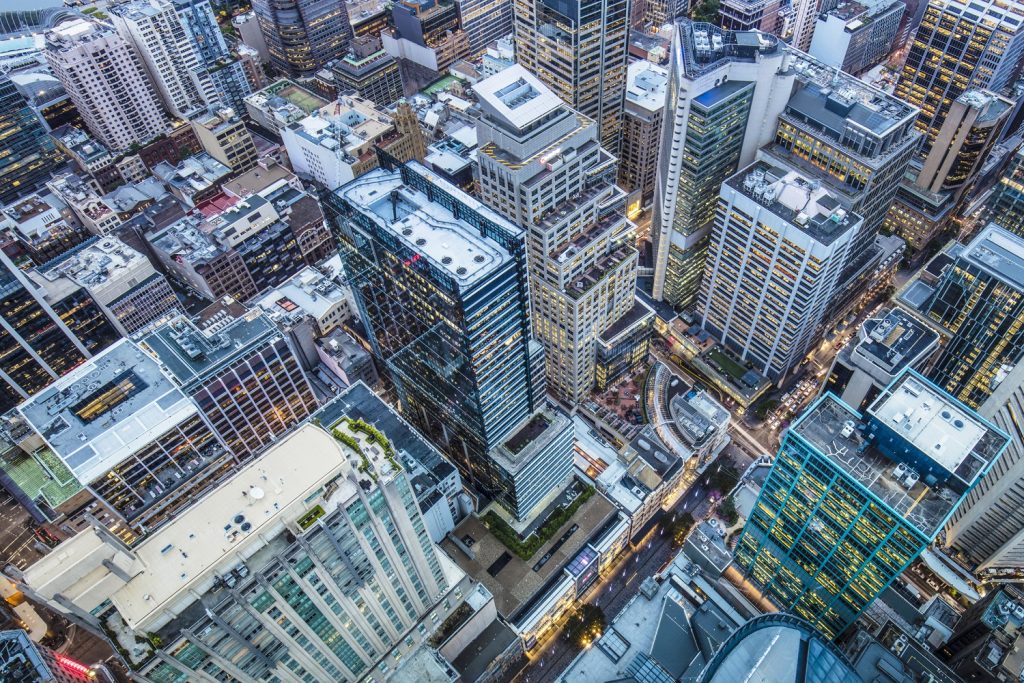
Australia’s CBD office vacancy rate increased marginally from 13.6% to 13.7% during the six months to January 2025. Picture: Getty
“High levels of supply show that businesses still call our CBDs home as they balance flexible working arrangements with face-to-face contact in the office.”
It comes as employers increasingly tell workers to return to the office, reversing the popular WFH benefits that many office workers have come to expect since the pandemic.
CBRE head of office and capital markets research Australia Tom Broderick said sublease availability was at its lowest level since 2019, indicating that contractionary tenant moves were becoming less common.
“We’d expect the return to office to continue to improve this year, particularly given changes from US firms in recent times,” he said.
“While the upcoming Australian Federal election may introduce some uncertainty in leasing activity, certain sectors are expected to return to a growth phase in 2025.”
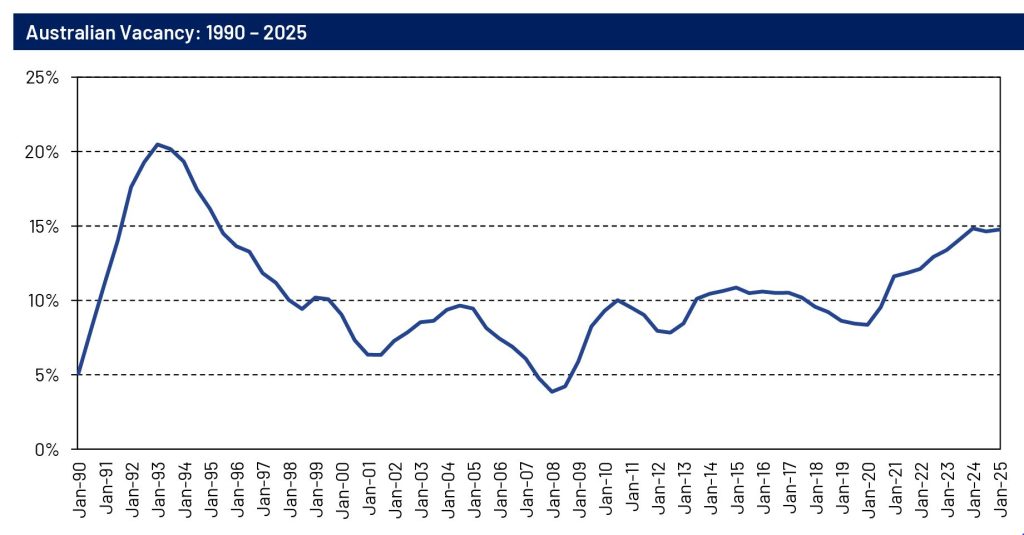
Source: Property Council
But REA Group senior economist Anne Flaherty said the new figures didn’t spell the end of remote working in Australia.
“There hasn’t been a significant shift in net tenant demand to signal a meaningful return to the office,” Ms Flaherty said.
“During the pandemic, we saw a lot of companies contract their office footprint.
“With the return to the office, we would expect companies to expand their office footprints, but this latest data doesn’t suggest there has been a significant enough increase in net tenant demand to suggest that we’re seeing the end of hybrid working.”
Australia’s five major cities saw a divergence in vacancy rates, with Adelaide and Perth seeing vacancy decreases, Melbourne remaining steady, and Sydney and Brisbane seeing increases in line with new supply.
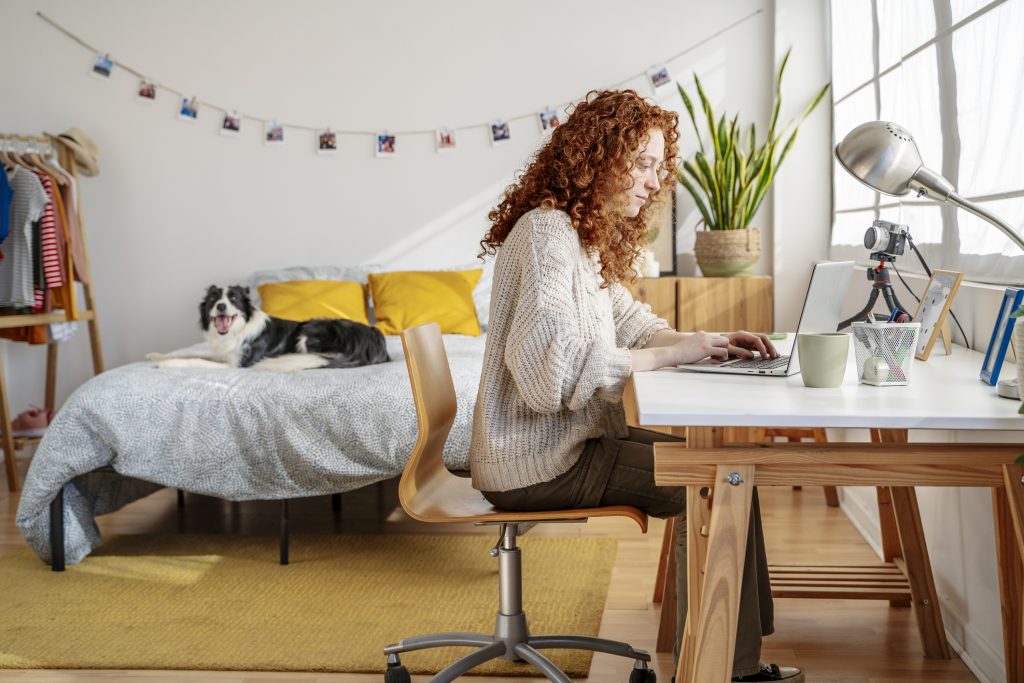
While WFH became the norm during the pandemic, employers are increasingly calling workers back into the office. Picture: Getty
Sydney’s office vacancy rate increased from 11.6% to 12.8%, driven by 164,552sqm of new supply being added over the past six months – well above the historical average of 74,361sqm.
Melbourne’s vacancy rate remained stable at 18% and Brisbane witnessed a rise from 9.5% to 10.2%.
Perth’s vacancy decreased from 15.5% to 15.1% while Adelaide’s dropped from 17.5% to 16.4%.
Canberra’s office vacancy rates fell from 9.5% to 9.2%; Hobart’s vacancy increased from 2.8% to 3.6%; and Darwin enjoyed the largest decrease in vacancy rates, falling from 14.4% to 11.9%.
CBRE expects the national vacancy rate to peak this year and then begin to decline.
The supply outlook has declined due to feasibility issues from high construction costs and interest rates.
However, CBRE expects above average supply to be delivered in markets such as Brisbane and Canberra in 2025.

